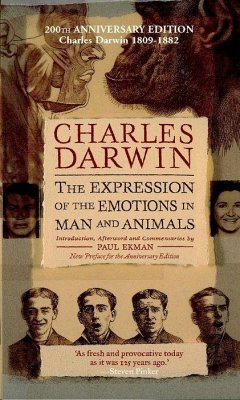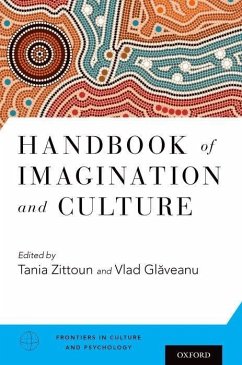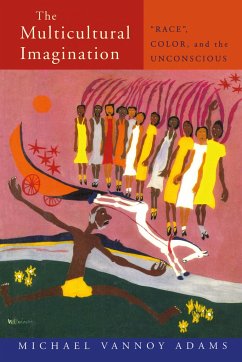
Pretending and Imagination in Animals and Children
Versandkostenfrei!
Versandfertig in 1-2 Wochen
52,99 €
inkl. MwSt.

PAYBACK Punkte
26 °P sammeln!
It is well known that children's activities are full of pretending and imagination, but it is less appreciated that animals can also show similar activities. Originally published in 2002, this book focuses on comparing and contrasting children's and animals' pretenses and imaginative activities. In the text, overviews of research present conflicting interpretations of children's understanding of the psychology of pretense, and describe sociocultural factors which influence children's pretenses. Studies of nonhuman primates provide examples of their pretenses and other simulative activities, ex...
It is well known that children's activities are full of pretending and imagination, but it is less appreciated that animals can also show similar activities. Originally published in 2002, this book focuses on comparing and contrasting children's and animals' pretenses and imaginative activities. In the text, overviews of research present conflicting interpretations of children's understanding of the psychology of pretense, and describe sociocultural factors which influence children's pretenses. Studies of nonhuman primates provide examples of their pretenses and other simulative activities, explore their representational and imaginative capacities and compare their skills with children. Although the psychological requirements for pretending are controversial, evidence presented in this volume suggests that great apes and even monkeys may share capacities for imagination with children, and that children's early pretenses may be less psychological than they appear.














